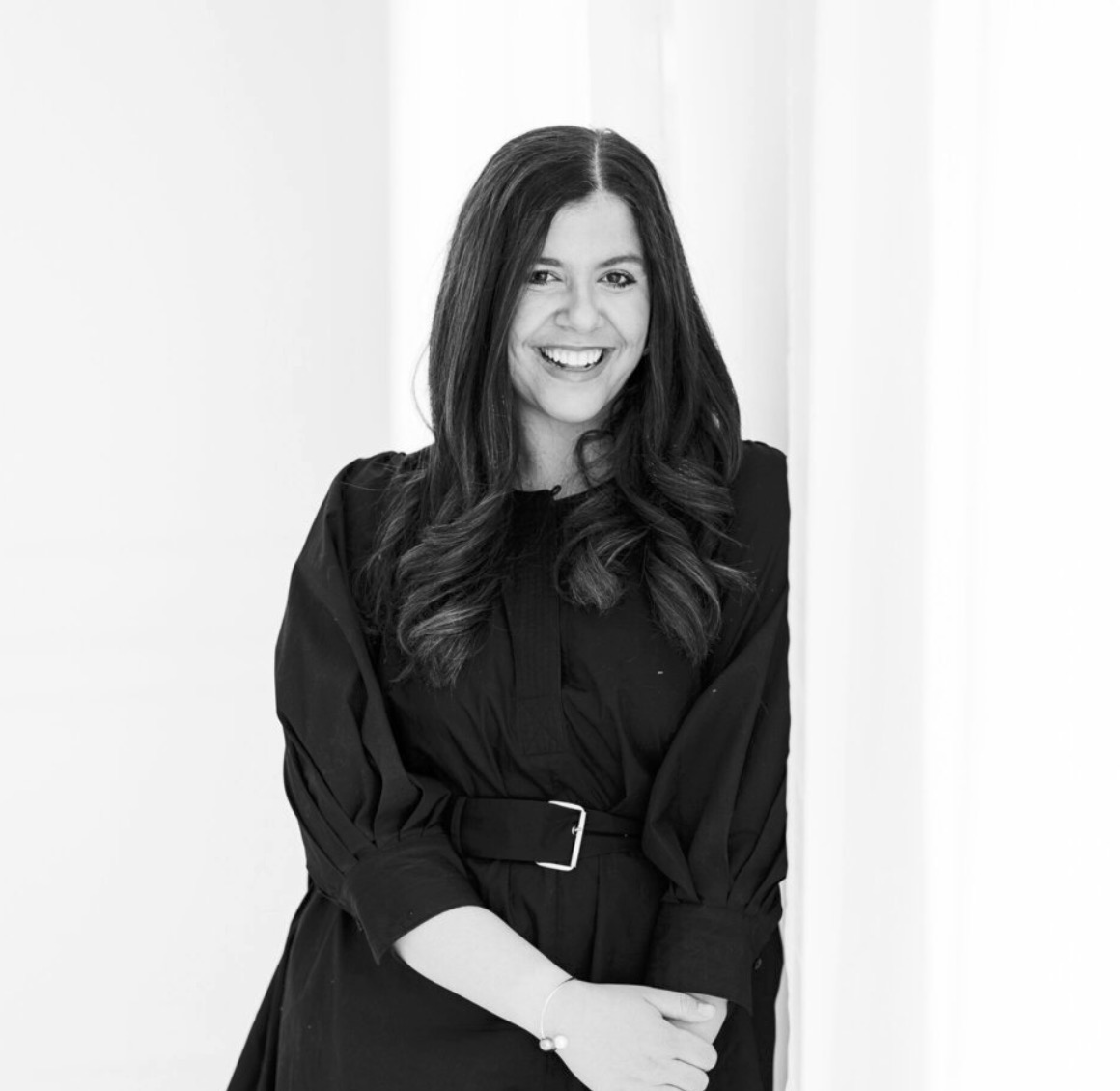When you’re a creative business owner, the thought of planning for retirement can feel overwhelming, especially when you’re wearing all the hats and managing your business day-to-day. But retirement planning is a critical step in ensuring long-term financial security. In this episode of Take Your Shot, I sit down with Jen Steein, a Certified Financial Planner® who’s also a full-time photographer, to talk about how creatives can plan for their future and the steps you can take to start investing now.
Why Retirement Planning Matters for Creatives
As business owners, many of us focus on our immediate financial needs—paying bills, booking clients, and keeping our businesses running. But as Jen explains, it’s just as important to think long-term. Retirement planning ensures that you can live comfortably when you’re ready to step away from the hustle. And while the idea of retirement might feel distant, starting early is key. The sooner you begin investing, the more you can take advantage of compound interest, which Jen calls “the eighth wonder of the world.”
Investing 101: Where to Start
Jen shares that the first step in investing is getting clear on your goals. Are you investing for retirement 30 years down the line, or do you have shorter-term goals like buying a home in a few years? Knowing your goals will help you decide how to invest and where to allocate your money.
She emphasizes the importance of investing early and often. Waiting to start investing can leave you scrambling to catch up later. Start small, even if it’s just a few hundred dollars a month, and let compound interest work its magic over time.
Understanding Different Types of Accounts
As a creative business owner, you might not have the luxury of an employer-sponsored 401(k). But that doesn’t mean you can’t invest in your future. Jen explains the various types of retirement accounts available to self-employed individuals:
- SEP IRA (Simplified Employee Pension Individual Retirement Account): Ideal for those with no employees, a SEP IRA allows you to contribute up to 25% of your income. It’s easy to set up, and the contribution limits are higher than a traditional IRA.
- Solo 401(k): This is another great option for business owners without employees. It functions similarly to a 401(k) but is tailored to self-employed individuals.
- Roth or Traditional IRA: These accounts are available to everyone and are great for tax-advantaged growth. Jen breaks down the difference between the two—traditional IRAs are funded with pre-tax dollars, while Roth IRAs are funded with post-tax dollars, allowing for tax-free withdrawals in retirement.
Diversifying Your Investments
One of the biggest pieces of advice Jen offers is to diversify your investments. This means spreading your money across different types of assets—stocks, bonds, mutual funds, and ETFs. By diversifying, you reduce risk and increase your chances of steady growth, even if one area of the market underperforms.
Managing Risk and Staying Consistent
Jen stresses that the amount of risk you take on should be aligned with your goals and timeline. For those closer to retirement, a more conservative approach might be better, whereas younger investors can afford to take on more risk since they have time to recover from market fluctuations.
But no matter where you are in your career, consistency is key. Make it a habit to invest regularly, even during slow months. By doing so, you’ll build up your retirement savings steadily over time.
Avoiding Lifestyle Inflation
As your business grows and your income increases, it’s tempting to start spending more. This is what Jen refers to as “lifestyle inflation.” Instead of increasing your spending, she recommends saving more of your additional income. A good rule of thumb is to save at least 50% of any income increase. This way, you can continue to enjoy your current lifestyle while building a comfortable retirement fund.
Final Thoughts
Retirement planning might not be the most exciting part of running a creative business, but it’s one of the most important. By starting early, diversifying your investments, and staying consistent, you can secure your financial future while still focusing on growing your business.
If you’re ready to take the next step in planning for retirement, connect with Jen for more tips and resources.
Connect with Jen Steein:
Thank you for reading! If you’re starting to plan for retirement or have any questions, let’s connect on Instagram. I’d love to hear how you’re planning for your future and offer any advice I can.
Connect with me on Instagram: Instagram: Take Your Shot Collective
